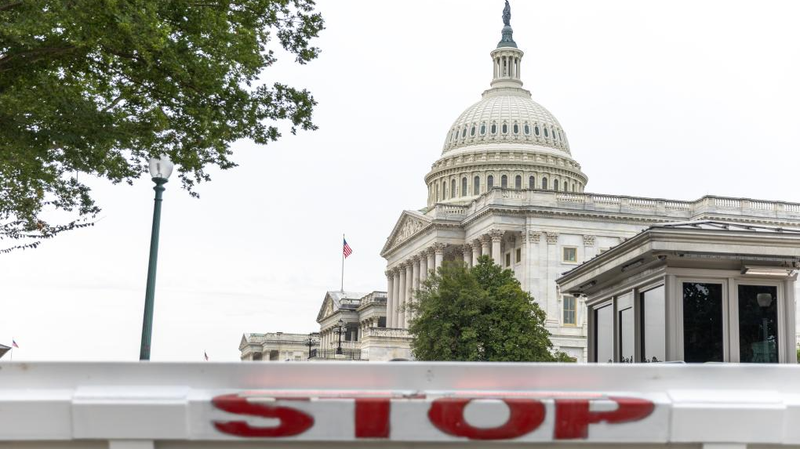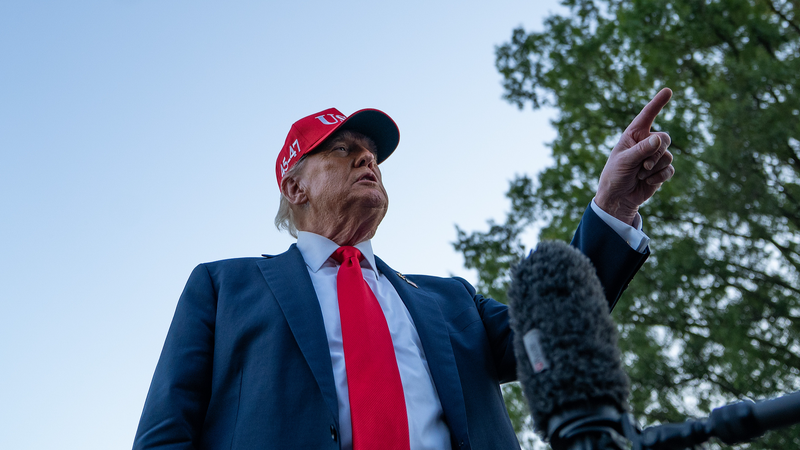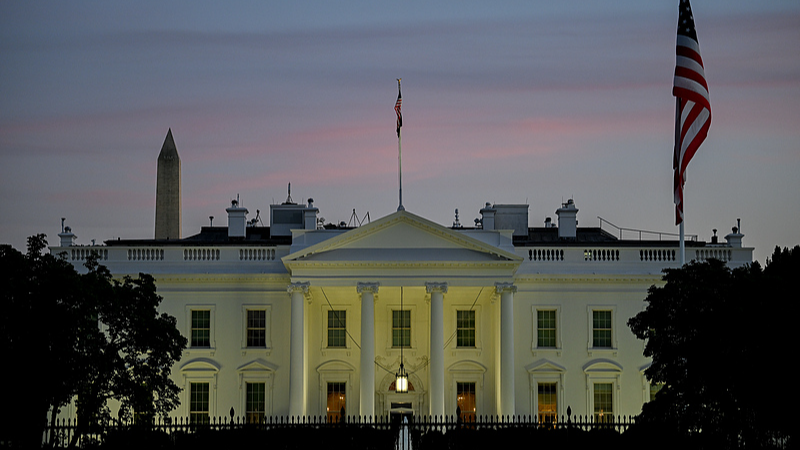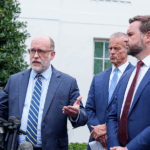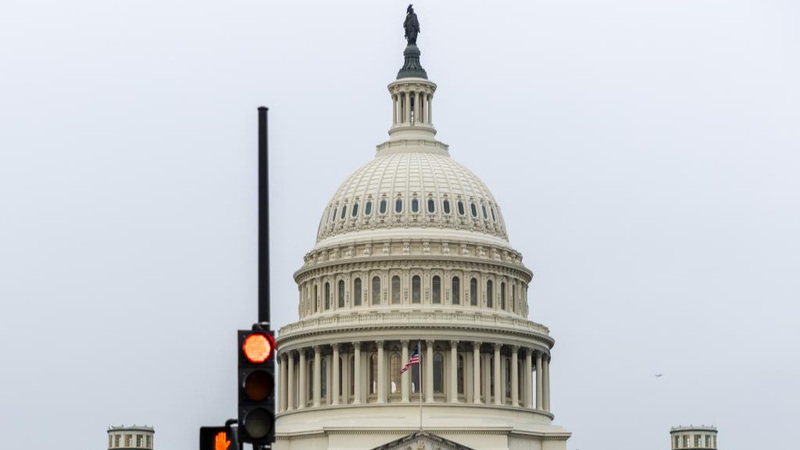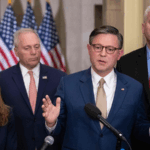The U.S. government shutdown, triggered by Congress' failure to pass a short-term funding bill, has evolved from a budgetary anomaly to a recurring symbol of systemic governance challenges. With federal agencies bracing for potential layoffs rather than temporary furloughs, this crisis signals a dangerous shift in how political gridlock impacts institutional stability.
Since the 1970s, over 20 shutdowns have exposed a pattern of partisan brinkmanship. Budget negotiations now serve as battlegrounds for ideological clashes rather than tools for fiscal management. The 2013 healthcare reform standoff and 2018 border wall funding dispute exemplify how policy debates escalate into full-blown governance paralysis when filtered through hyper-partisan lenses.
Economic consequences are severe: The 35-day shutdown in 2018-2019 permanently reduced U.S. GDP by $3 billion, while each week of closure is projected to cut growth by 0.2 percentage points. Beyond statistics, real-world impacts include suspended nutrition programs, frozen small business loans, and national park closures affecting local economies.
Analysts note a troubling normalization of dysfunction, where blame-shifting takes priority over problem-solving. The White House's unprecedented preparation for permanent layoffs suggests this shutdown could fundamentally weaken federal operational capacity rather than serve as temporary disruption.
As global observers question how a superpower's governance system repeatedly fails basic functionality, the shutdown crisis underscores deeper questions about institutional erosion in an era of polarized politics.
Reference(s):
cgtn.com
